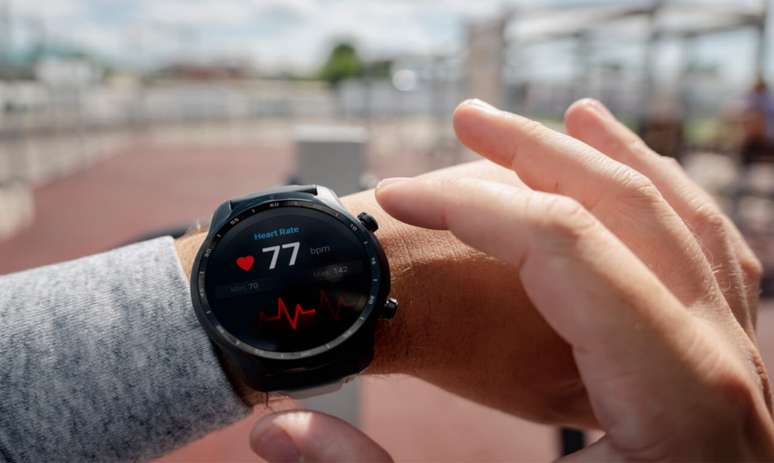Through a simple self-examination it is possible to identify the signs of a cardiac arrhythmia. Understand what your pulse says about your heart
The rate and rhythm of your heartbeat can provide crucial clues about heart health. And, in this sense, knowing your heart rhythm is another way to prevent a series of diseases, such as arrhythmia.
Cardiac arrhythmias are changes in the heart rhythm that can affect people of all ages. According to international estimates cited by the president of the Brazilian Society of Cardiac Arrhythmias (SOBRAC), Fatima Dumas Cintra, approximately 300,000 cases of sudden death occur every year, with a significant distribution related to age.
“The average incidence is one case per 100 thousand people, but this number rises to 50-100 thousand cases around the fifth decade of life and can reach 200 cases per 100 thousand people in the eighth decade of life,” he explains. Fatima.
Self-examination and identification of arrhythmia
Pulse self-examination is a valuable tool for promoting health and preventing serious heart problems. According to Dr. Alexsandro Fagundes, cardiologist and vice president of SOBRAC, in addition to checking the heart rate, checking the pulse can identify changes in rhythm that allow early research for an adequate clinical evaluation.
Asymptomatic arrhythmias, such as bradycardia (heart rate less than 50 beats per minute) and tachycardia (rate greater than 100 beats at rest), Fagundes explains, can easily be noticed during self-examination.
“Detecting irregularities, such as beats without normal cadence, that vary abruptly in frequency, for example, can be indicative of conditions such as atrial fibrillation or frequent extrasystoles,” he says.
How to do a self-examination
Pulse self-examination appears to be a simple but effective practice for monitoring heart health and identifying potential problems early. The best way to check your pulse is through the radial pulse, which is found in your wrists. To do this there is a practical and quick way to check:
- Extend your hand with your palm facing forward;
- Gently palpate the wrist area just below the thumb with your index, middle, and ring fingers;
- You should feel the pressure of your pulse tapping on your fingertips, so you can count and feel the rhythm;
- If you can’t feel your pulse, apply a little more pressure to the area, change the position of your fingers slightly, or try with the other wrist;
- Count the number of beats in 30 seconds. Your heart rate per minute will be this value multiplied by 2. (if the measurement is 35 beats in 30 seconds, your heart rate is 70 beats per minute);
- Check if there are any strange variations between beats, with pauses or accelerations.
If you experience any strange variations between beats, such as pauses or accelerations, you should consult a doctor.
Source: Terra
Ben Stock is a lifestyle journalist and author at Gossipify. He writes about topics such as health, wellness, travel, food and home decor. He provides practical advice and inspiration to improve well-being, keeps readers up to date with latest lifestyle news and trends, known for his engaging writing style, in-depth analysis and unique perspectives.



-1ibeskywkh3z8.png)





